RASHES AND ECZEMA
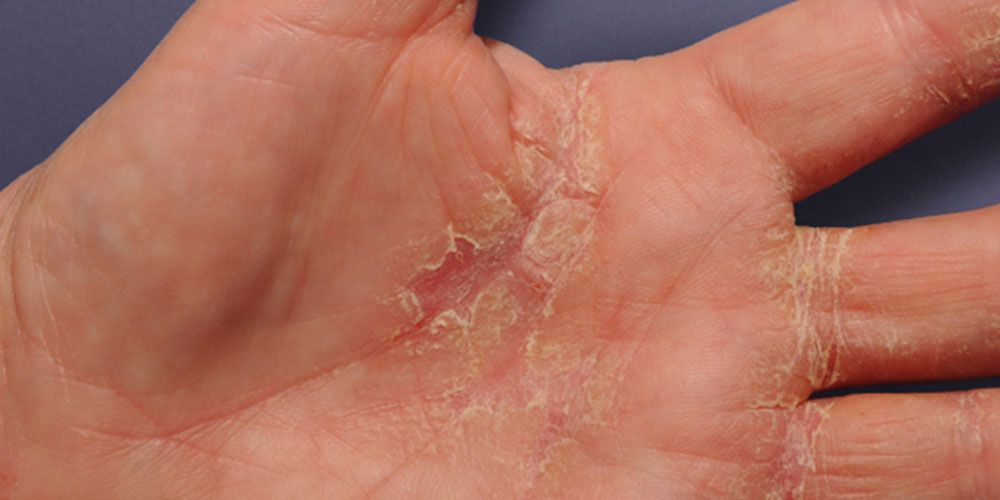

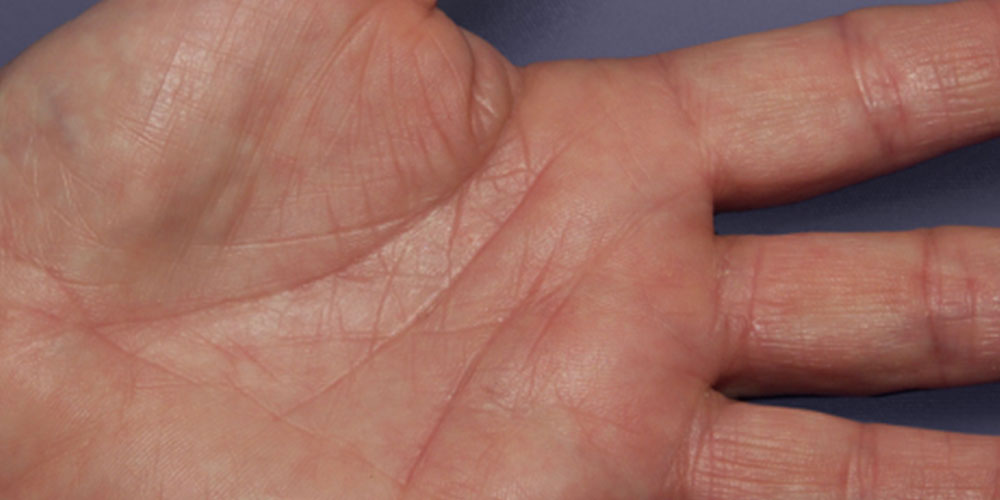
There are a multitude of rash types taking up hundreds of pages in dermatology textbooks. We will do the detective work to piece together the history and appearance of the rash and make the correct diagnosis, leading to effective therapy.
WHAT IS ECZEMA?
Eczema or dermatitis means inflammation of the skin. Dermatitis in the skin results in dry, red, scaly patches that often itch. There are many types of eczema and the causes are diverse and include heredity, irritation, allergy, dryness and excessive sweat. The usual treatments for eczema include anti-inflammatory creams, moisturizers, avoidance of factors that make it worse and occasionally oral anti-histamines or anti-inflammatory medications. Some forms of eczema are chronic and can only be controlled as opposed to cured. Dermatitis is not contagious.
WHAT CAUSES ECZEMA?
In the atopic form of dermatitis, often referred to as eczema, there is a genetic tendency of the skin to itch. The skin is sensitive to a wide range of things: dry air conditions, strong soaps, wool clothing, and fragrance.
Contact dermatitis is caused by something irritating (irritant contact dermatitis) the skin or a skin allergy (allergic contact dermatitis). Irritation can be caused by sweat, friction, soap getting caught under a ring, etc. Common allergens are nickel (present in most metals), hair dye, plants (poison ivy), preservatives, rubber or latex, and fragrance, etc.
Seborrheic dermatitis (dandruff) is caused by a yeast commonly present on the scalp and face that overgrows and causes flaking and sometimes itching.
Some forms of eczema have no known cause. Dyshidrotic dermatitis (a type of hand dermatitis) was believed to be due to abnormal sweating but is not believed to be due to this.
ARE THERE DIFFERENT TYPES OF ECZEMA?
There are many types of dermatitis. Atopic dermatitis is an inherited form, often referred to as eczema that causes red itchy patches in children. Common locations for this rash are infants’ cheeks, inner elbows and back of knees in toddlers and hands in adults. In more severe forms it can involve much of the body.
Contact dermatitis means either an irritation or an allergic reaction to something that comes into contact with the body. Sometimes you can figure out what the problem is by the location or shape of the rash, as well as a history of recent new products, travel or pastimes.
Nummular dermatitis is usually caused by dry weather causing irritation of the skin that comes up in round or oval patches, commonly on the legs.
Asteototic dermatitis is similar to nummular dermatitis except that the spots don’t have a specific shape and there is cracking on the surface of the rash.
Dyshidrotic dermatitis occurs on the hands and/or feet and comes out as little blister and cracks along the sides of the fingers.
WHAT DOES ECZEMA LOOK LIKE?
Atopic dermatitis looks like red, dry patches which aren’t necessarily well defined.
Contact dermatitis is often found in areas that are exposed to the allergen or irritant as patches of red scaling or blisters in the shape of the exposure. For instance, in poison ivy, there are often linear streaks of blisters that correspond to where the plant touched the body. In nickel dermatitis there may be a round patch of dermatitis on the wrist where the metal part of a watch has touched the skin or near the center of the waist where the metal snap from pants rubs on the abdomen.
In seborrheic dermatitis there is redness and flaking on the scalp, in the eyebrows and often at the sides of the nose.
In nummular dermatitis there are often round or coin shaped red scaly patches often on the legs.
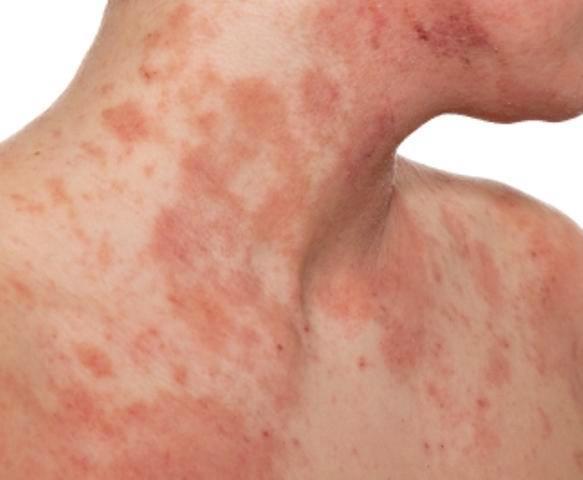
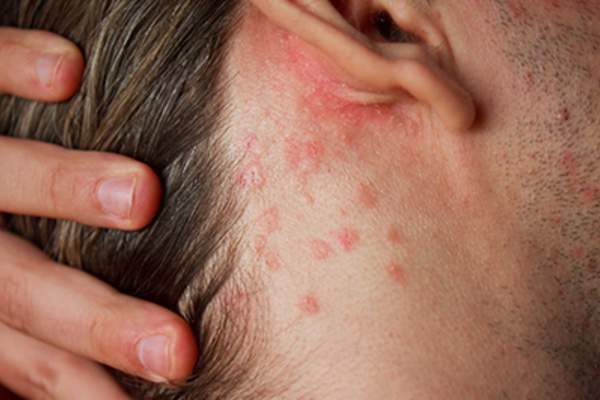
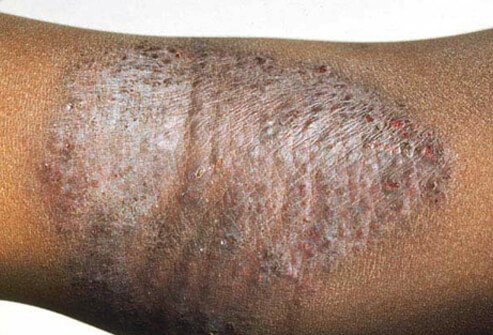
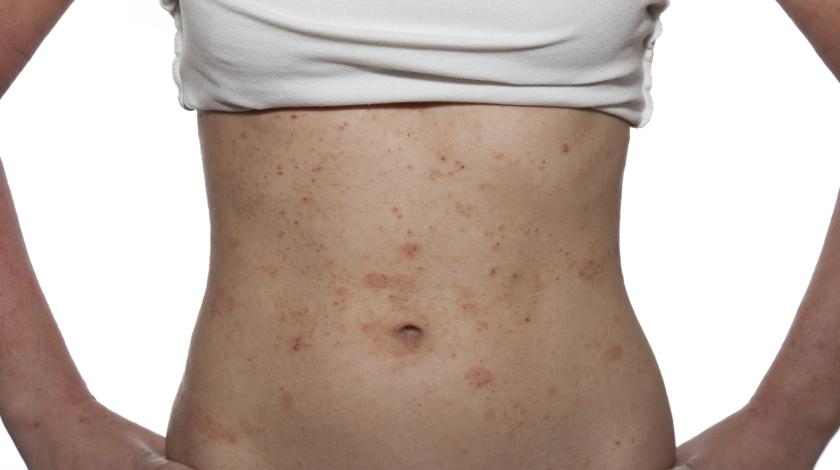
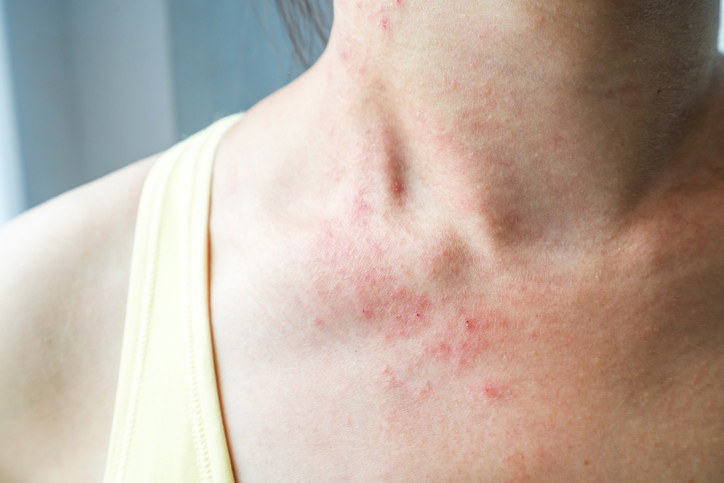
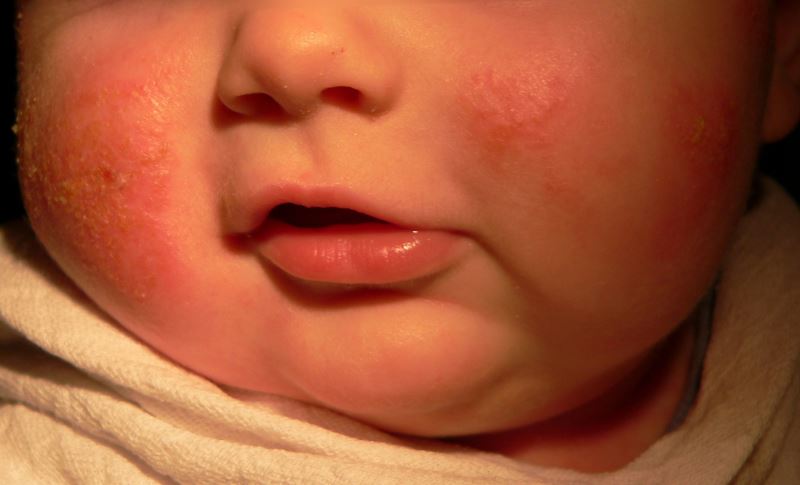
IS ECZEMA CURABLE?
Yes and no. About 75% of children who have eczema actually “grow out of it” by the time they are teenagers. Contact dermatitis can be kept at bay by avoidance of the offending agents. Most forms of dermatitis tend to wax and wane with the seasons and require treatment to keep them under control. The more severe the case, the more aggressive and frequent the therapy is required to maintain normal skin.
HOW CAN I TREAT ECZEMA?
Most dermatitis is treated with creams, gels, lotions or ointments: topical steroids (cortisone) or immunomodulators.
Topical steroids, which come in 6 different strengths, reduce the redness, swelling and itching because they have anti-inflammatory properties. Often a higher strength topical steroid will be used to improve the dermatitis quickly and then either used intermittently to maintain clearance or a lesser strength steroid will be used to maintain. Side effects if used for long periods of time can include thinning of the skin or increased susceptibility to infections due to absorption of the medication into the bloodstream.
Topical immunomodulators (tacrolimus, pimecrolimus) are non-steroidal anti-inflammatory creams or ointments. These are often used to avoid excessive use of steroids to their minimize side effects. These are very effective but warnings by the FDA on rare possible side effects of long term use have decreased their usage.
Moisturizers are an important part of adjunctive treatment since dryness is a prominent part of most forms of dermatitis. Also avoidance of clothing that rubs or causes excessive sweating, fragrance (use fragrance free-laundry detergent and fabric softener), and any allergens are important.
Occasionally dermatitis is severe enough to warrant oral medications, such as oral cortisone. This occurs when there is a large percentage of body surface area involved or when there is severe blistering, rapid spreading, oozing, interruption of sleep, or resistance to topical medications.
SCHEDULE AN APPOINTMENT TODAY
ADDRESS
711 E Lamar Blvd # 200
Arlington, TX 76011
moreinfo@acderm.com
PHONE
817-795-SKIN (7546)
HOURS
Mon – Thur | 7:00 AM – 4:00 PM
Fri | 07:00 AM – 12:00 PM
Closed on Weekends
GO WITH CONFIDENCE
How can I find out more?
http://www.nlm.nih.gov/medlineplus/ency/article/000853.htm
http://www.medicinenet.com/atopic_dermatitis/article.htm
http://www.aaaai.org/patients/allergic_conditions/atopic_dermatitis.stm
http://www.mayoclinic.com/health/dermatitis-eczema/DS00339/DSECTION=7
http://www.skincarephysicians.com/eczemanet/whatis.html
Where did this information come from?
SOURCES







